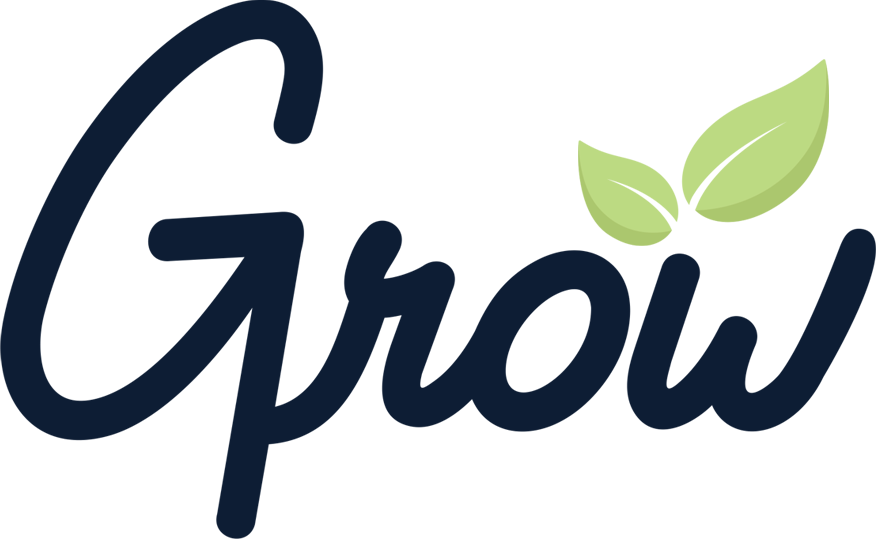It’s a Thursday night and you are meeting with your team. Your team is incredibly talented, each are great leaders in their own right. You all sit around the table and as you speak you realize two things; not everyone is on the same page and there is too much to organize it too little time. Maybe if you had more meetings you could be more productive? Maybe if you sent more emails? Sound familiar?
This was me. 2016 was my second year of overseeing Middle and High School ministry at my local church and I was stuck. I was bound by management when I desired to lead. Our time was suffocated by planning meetings, planning for the next few weeks, and it seemed like I was always trying to catch up my volunteers on what was happening. I decided to search for… anything… to help me get out in front.
I want to share with you how we drastically reduced our need for meetings, and increased communication through all of our volunteers. Before I start to sound like a midnight infomercial, let me give you what I found…

According to their website, Trello is a collaboration tool that organizes your projects into boards. In one glance, Trello tells you what’s being worked on, who’s working on what, and where something is in a process.
I am going to give you the nitty-gritty on how me, and my incredible team, use Trello in the context of Student Ministry. Before I get into it, you need to know some terminology. Trello is made up of ‘Boards’, which contain ‘Lists’ of ‘Cards’. Imagine a cork-board bulletin board that is digital, with the conversational power of a social media platform. Each card has a title and a description, you can attach documents, integrate Google Drive and Evernote accounts, and members of the ‘board’ can comment and converse in the comment thread of each card. You can also set due dates, subscribe to a ‘board’, a ‘list’, or a ‘card’ to receive notifications of any activity, and create checklists within a ‘card’.

You can find out more about the usability and integrations of Trello on their website but now that you have a general understanding of Trello, let me show you how we use it.
A Hub of Information.
We have two separate Trello boards for Impact Youth; ‘Impact Leadership’ and ‘Impact – Term X’ (Insert school term as X). ‘Impact Leadership’ is a board for general strategy, non-time sensitive items. ‘Impact – Term X’ is a board that contains time-sensitive information applicable for a specific school term/semester.

The most used aspect of Trello is as a hub of information. ‘Impact Leadership’ contains our Leaders Handbook, Volunteer Handbook, lists of potential volunteers and student leaders, procedures/guidelines , curriculum, and important documents. ‘Impact – Term X’ is our school term specific information such as runsheets, rosters, and event plans. It also contains a weekly small group leader training plan from Go Weekly, The ReThink Group, Inc.
Let’s go into detail. Our ‘Impact Leadership’ board is designed in accordance to our organizational structure, which consists of four teams; Discipleship, Operations, Environment, and Communication. Each area has a list within the board that is managed by their relevant leader. The leader then creates cards for projects, ideas, strategy, rosters, or other information. It is their role, and part of their job description, to keep this list updated. This provides a way for communication and collaboration with leaders of other areas.

In addition to the list for each area, there is a General list, a Leadership list, and a Meeting’s list. These are updated with Volunteer Handbooks, Meeting agendas/reviews, and other miscellaneous items. This whole board is then monitored and moderated by my Operations leader, who is a life saver for a non-admin brained person like myself.

Trello also has multiple ‘Power-Ups’ that can provide more detail for each card. We use due dates for meetings and events, checklists for ideas, Google Drive for attaching documents, voting, Dropbox, MailChimp, Evernote, Survey Monkey, and Custom Fields. These all provide more detailed communication for the relevant card and if you need more, use Custom Fields. Custom Fields allow you to show anything on any card; like ‘To Start’, ‘In Progress’, and ‘Done’, or ‘DO NOT TOUCH or I will eat your nuggets’.
A Communication Pipeline
Trello has replaced Facebook groups, Facebook messenger, Slack, infinitely long Email threads, and most SMS. That’s because Trello has the communication power of most social media platforms.
Want a notification of any change within a board? Easy. What about only within a certain list? Simple. How about only for a specific card? Sure! Each member can subscribe to a board, list, or card and will receive notifications via the app or email for every change that happens. In addition to this, members can comment on any card and tag specific members or the whole board.

And that is where the real power of Trello comes in. A leader can create a card at any time and converse with fellow leaders and volunteers. Imagine this, a local school was hosting your End of Year Party on their field. Five days out, they cancel, leaving your event in limbo. What do you do? Create a list in your board called ‘End of Year Party’ with a card called ‘Alternative Ideas’. Tag the board, ask for ideas urgently. The ideas start rolling in and the team agrees the church carpark seems like the best option. Create a few cards for activities and one for ‘Things We Need’. Assign each card to different volunteers/leaders, who will oversee organization of each activity. Discuss on each card how everything will work together and how it can be improved until everyone is happy. Turn up on the day of the event with your espresso in hand… totally organized. All without a meeting. That is how our End of Year Party panned out in December 2016.

The ideas that can be discussed, the decisions that can be made, the volunteers that can be kept in the loop, dramatically decrease the pain of lack of communication. Imagine that. Meeting agendas are reduced, small decisions are already made, and there is more time for long-term planning, vision casting, and relationship with volunteers. That is what Trello allows.
Implementing Trello
Trello has become a staple for us, and is quickly becoming one for every team in our church. The difficult part is the implementation. There needs to be a champion, someone who constantly casts the vision of why? Why do we need it? What problem will it solve? People will only get on-board (Trello pun intended) if they understand why. Trello solves the issue of bad, slow, or no communication. Trello provides a central hub where anyone can find any resource or information they are looking for. Trello fosters accountability and collaboration within volunteers. If you have Trello, you don’t need meetings. Ok, maybe a few. That’s why.
And when you get the go ahead, set-up your boards, lists, and cards, delete every other form of communication and make the switch. Carey Niewhof says “Incremental change ushers in incremental results”. My advice, test the waters personally but jump in collectively. I made it a requirement for my team to use Trello for everything, I put it in their job descriptions, I am constantly saying “have you checked Trello?”. And now it’s paying off.




